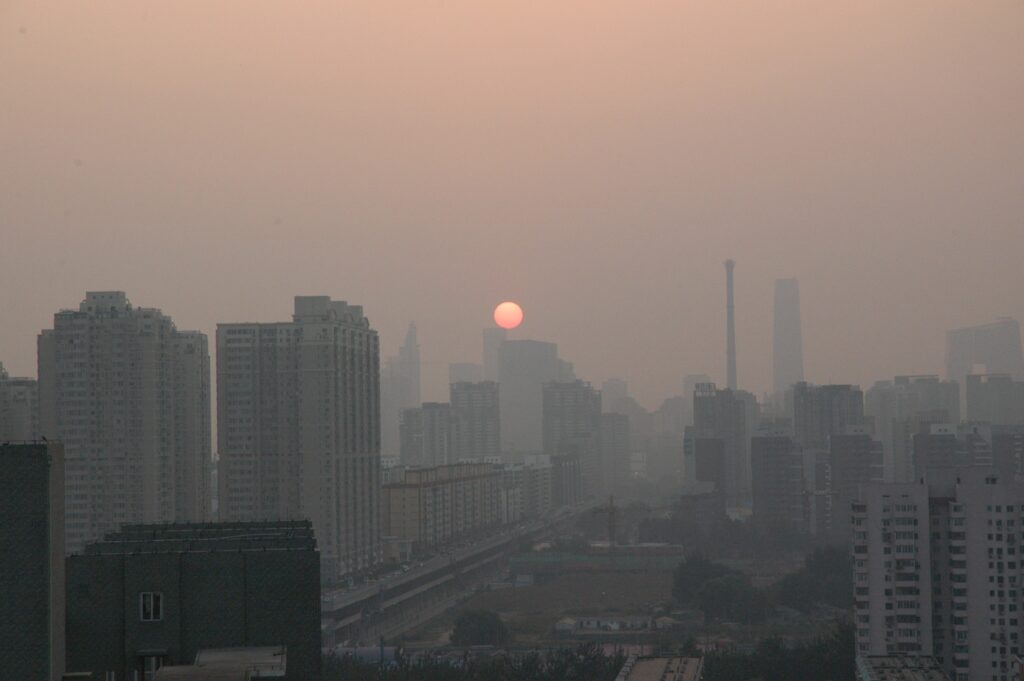
Dr. Zhanqing Li, Professor at ESSIC and University of Maryland’s Department of Atmospheric and Oceanic Science, and ESSIC Scientist Dr. Jing Wei are co-authors on a series of new studies concerning air pollution in China.
These studies focus on atmospheric particulate matters near the surface with sizes less than 1, 2.5, and 10 micrometers (i.e., PM1, PM2.5, PM10), that not only affect air quality but also climate and human health. The researchers recently developed new remote sensing algorithms based on leading-edge machine learning techniques. They have applied them to produce long-term ground-level PM1, PM2.5, and PM10 concentrations at a 1-km spatial resolution across China for up to 20 years. Their daily estimates of different PM species at varying spatiotemporal scales outperform previous products. In most places, PM1 pollution has gradually decreased from 2014 to 2018 (Wei, Li* et al., ES&T, 2019). PM2.5 has increased from 2000 to around 2007, remained high until 2013, after which they declined substantially to the present by 2018 (Wei, Li* et al., RSE, 2021). Overall, PM10 concentrations also had a significant declining trend over the past five years (2015-2019) (Wei, Li* et al., EI, 2021). The findings attest to the effectiveness of a series of drastic actions combating air pollution in China. These high-resolution and high-quality PMx datasets (ChinaHighPMx) may be useful for studying air pollution, environment, and climate, especially in urban areas.
Dr. Li is a professor at AOSC and ESSIC at the University of Maryland. He has engaged in a wide range of studies concerning climate change, atmospheric physics, terrestrial and atmospheric environment.
To access these papers, click here:
PM1: “Satellite-derived 1-km-resolution PM1 concentrations from 2014 to 2018 across China”. (https://doi.org/10.1021/acs.est.9b03258)
PM2.5:“Reconstructing 1-km-resolution high-quality PM2.5 data records from 2000 to 2018 in China: spatiotemporal variations and policy implications”. (https://doi.org/10.1016/j.rse.2020.112136)
PM10: “The ChinaHighPM10 dataset: generation, validation, and spatiotemporal variations from 2015 to 2019 across China”. (https://doi.org/10.1016/j.envint.2020.106290)





